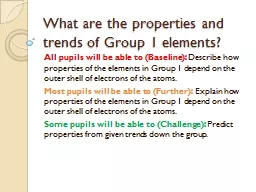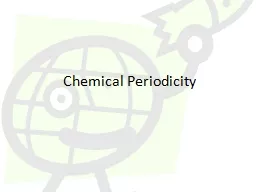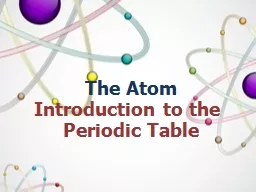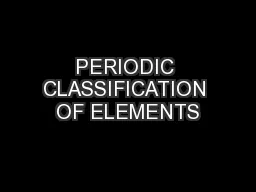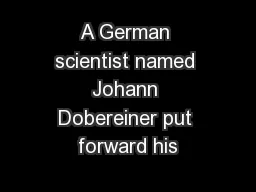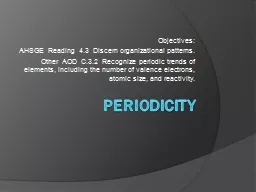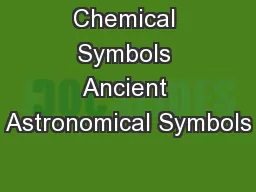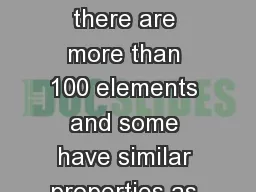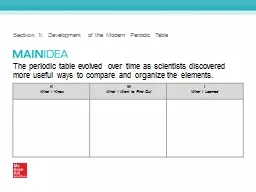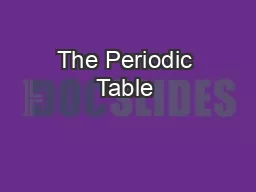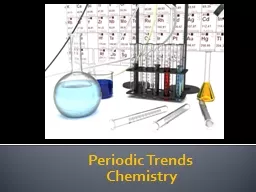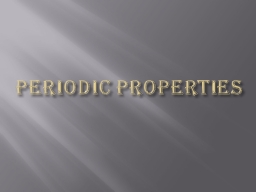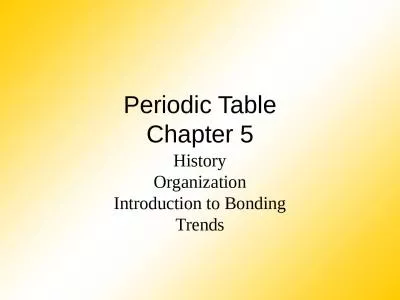PPT-What are the properties and trends of Group 1 elements?
Author : pasty-toler | Published Date : 2017-06-11
All pupils will be able to Baseline Describe how properties of the elements in Group 1 depend on the outer shell of electrons of the atoms Most pupils will be able
Presentation Embed Code
Download Presentation
Download Presentation The PPT/PDF document "What are the properties and trends of Gr..." is the property of its rightful owner. Permission is granted to download and print the materials on this website for personal, non-commercial use only, and to display it on your personal computer provided you do not modify the materials and that you retain all copyright notices contained in the materials. By downloading content from our website, you accept the terms of this agreement.
What are the properties and trends of Group 1 elements?: Transcript
Download Rules Of Document
"What are the properties and trends of Group 1 elements?"The content belongs to its owner. You may download and print it for personal use, without modification, and keep all copyright notices. By downloading, you agree to these terms.
Related Documents

